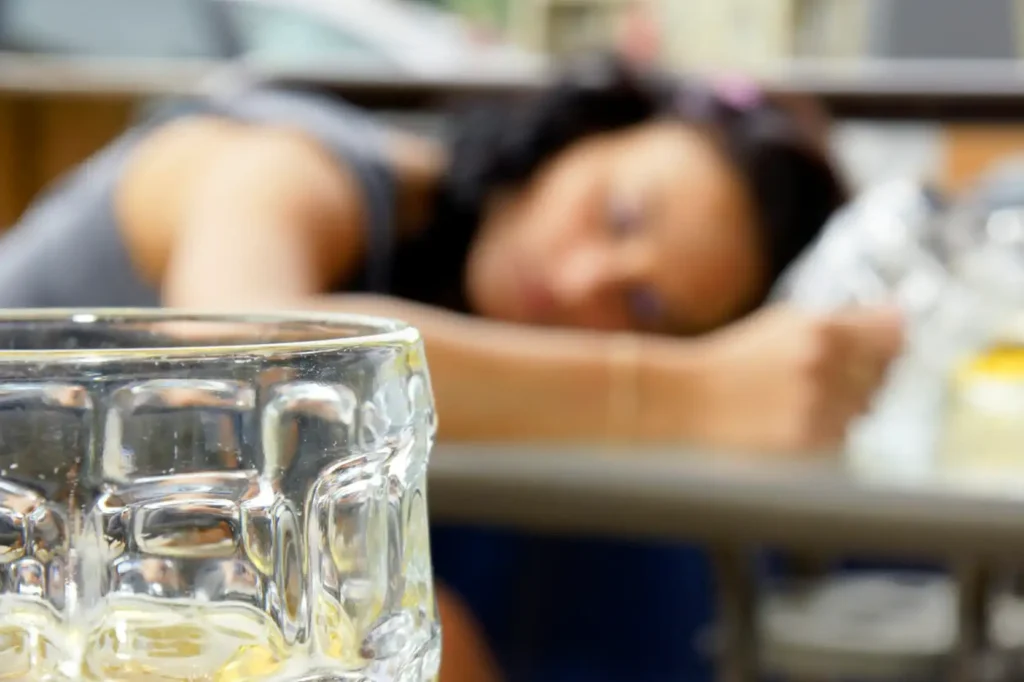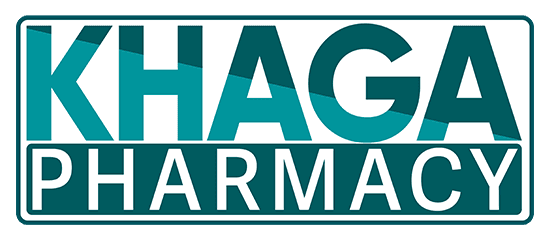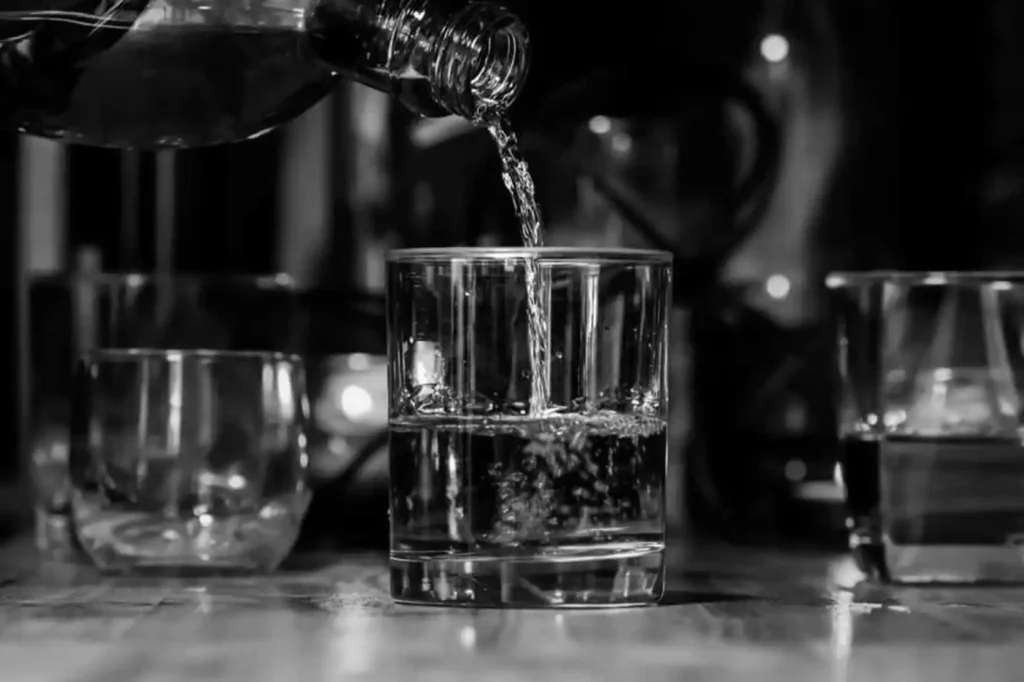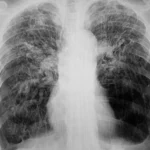Learn What is High Intensity Drinking is an extreme and dangerous pattern of alcohol consumption that goes beyond traditional binge drinking. Its health, social, and legal consequences make it a critical issue for individuals and communities to address.
Introduction to High Intensity Drinking:
Alcohol consumption has long been a part of social and cultural practices worldwide. While moderate drinking is often viewed as a harmless or even beneficial habit, excessive drinking behaviors, such as binge and High Intensity Drinking, are gaining attention due to their alarming implications. High Intensity Drinking, in particular, has become a growing concern in public health discussions.
This type of drinking goes beyond traditional binge drinking, involving extreme levels of alcohol consumption that pose immediate dangers to an individual’s health and well-being. Understanding what constitutes High Intensity Drinking, its risks, and why it matters is essential for fostering awareness and promoting healthier choices.
Young adults, particularly those in college or social settings.
What is High Intensity Drinking:
High Intensity Drinking refers to consuming alcohol at levels far exceeding standard binge drinking thresholds, often leading to severe health and social consequences. Typically, it involves drinking two to three times the amount of alcohol classified as binge drinking in a single occasion. This behavior is associated with significant risks, including acute intoxication, alcohol poisoning, accidents, and long-term health impacts.

How is High Intensity Drinking Defined:
High Intensity Drinking is categorized as consuming alcohol at levels significantly higher than binge drinking thresholds. For context.
- Binge drinking is defined as consuming five or more drinks for men or four or more drinks for women in about two hours.
- High Intensity Drinking surpasses this, often involving double or triple these amounts.
For example, a man drinking 10 to 15 drinks in a single sitting would fall into the high-intensity category. This behavior is most prevalent among young adults, especially in celebratory or social contexts, and can result in dangerous blood alcohol concentrations (BAC).
Why Do People Engage in High Intensity Drinking:
High Intensity Drinking behaviors are often linked to a combination of psychological, social, and environmental factors.
- Peer Pressure and Social Norms: Social gatherings, college parties, and special celebrations often encourage heavy drinking. The perceived “fun” or “cool” factor can drive individuals to consume alcohol excessively.
- Stress and Coping Mechanisms: Some individuals turn to extreme drinking as a way to escape stress, anxiety, or emotional pain. While alcohol may provide temporary relief, it often exacerbates underlying issues.
- Cultural and Media Influences: Media often glamorizes heavy drinking, presenting it as an exciting or desirable activity. This can skew perceptions, making High Intensity Drinking seem less risky than it actually is.

What Are the Risks of High Intensity Drinking:
High Intensity Drinking has severe short-term and long-term consequences.
- Immediate Health Risks:
- Alcohol Poisoning: Excessive alcohol consumption can depress the central nervous system, leading to unconsciousness, difficulty breathing, or even death.
- Accidents and Injuries: Intoxication increases the likelihood of accidents, such as falls, car crashes, or drowning.
- Long-Term Health Impacts
Chronic High Intensity Drinking damages vital organs, contributing to liver diseases, cardiovascular issues, and mental health disorders. - Social and Legal Consequences
This behavior often results in strained relationships, academic or work-related setbacks, and legal issues such as DUIs.
How to Recognize High Intensity Drinking Patterns:
Recognizing patterns is essential for intervention.
- Frequent episodes of extreme intoxication.
- Regularly drinking more than intended or losing control over alcohol consumption.
- Experiencing guilt or regret after drinking.
Strategies to Prevent High Intensity Drinking:
Preventing High Intensity Drinking requires individual and community efforts.
- Education and Awareness: Programs targeting schools, colleges, and workplaces can educate individuals about the risks of excessive drinking.
- Healthy Coping Mechanisms: Encouraging stress-management techniques like exercise, mindfulness, or therapy can reduce reliance on alcohol as a coping tool.
- Community Support: Peer support groups and family interventions can play a significant role in preventing or addressing High Intensity Drinking behaviors.
FAQ
Most frequent questions and answers
High Intensity Drinking involves consuming significantly more alcohol than binge drinking, often double or triple the amount.
Young adults, particularly those in college or social settings, are most at risk due to peer pressure and social norms.
Yes, frequent High Intensity Drinking can increase the risk of developing alcohol use disorder.
Conclusion:
What is High Intensity Drinking is an extreme and dangerous pattern of alcohol consumption that goes beyond traditional binge drinking. Its health, social, and legal consequences make it a critical issue for individuals and communities to address. By understanding its definition, risks, and prevention strategies, we can foster awareness and promote safer drinking habits. Recognizing and addressing this behavior early can lead to healthier lives and reduce the societal impact of alcohol abuse.








